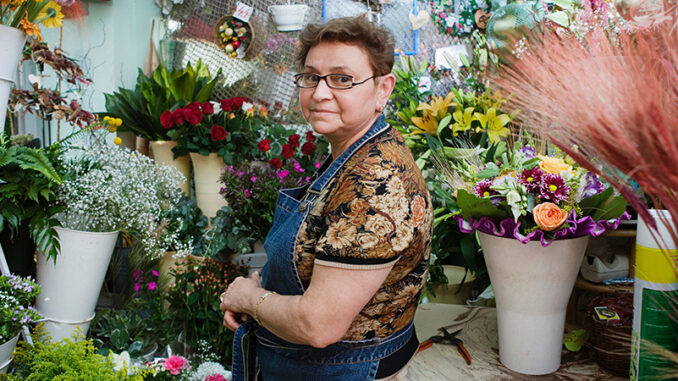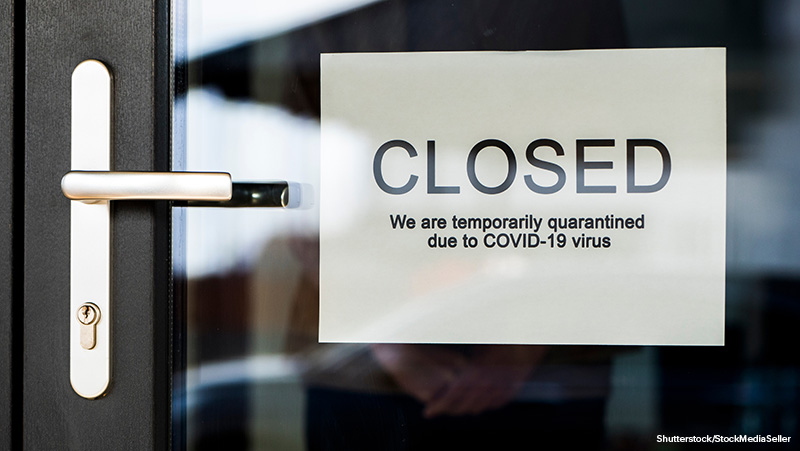
The COVID-19 pandemic and economic shutdown has been a disaster for many small businesses in the United States. To help address this problem, the federal government created the PPP, or Paycheck Protection Program. The first round of PPP money–$349 billion–was gone in just thirteen days. However, the second round–an additional $310 billion–still has about a third of its total left after being available for a month.

Does this mean that business owners are getting back on their feet and no longer need the help? Not exactly. Though it’s true that fewer businesses need help now because many of the ones who needed it have already received it, there is more to the story. Here, btw takes a look at the complicated issues surrounding why some people might not be taking the money.
Deeper in the Hole
It’s important to remember that the program isn’t a grant, it’s a loan–meaning that business owners will eventually have to pay the money back.
(There are some circumstances in which the money won’t have to be paid back, but those are confusing. More on that later.)
But for a lot of small business owners who are already struggling financially, taking on extra debt is a bad idea right now. Secondly, the amount of PPP funding is smaller now: during round one, the average loan size was $206,000, but now, it’s dropped to about $115,000. For some owners, that might not be enough money to justify the risks involved with accepting it.
Am I Forgiven?
In some cases, the PPP loan is “forgiven”–meaning the small business owner won’t have to pay it back later. But for this to be the case, the owner has to follow some very specific rules when they spend the money. For example, 75 percent of it must be spent on payroll, though many business owners have temporarily laid off their employees. For those owners, it doesn’t make sense to take workers off of unemployment, find work for them to do, and then pay them through a federal loan. They would rather bring their employees back later after their business is allowed to reopen all of the way. But the money must also be spent in eight weeks in order to be forgiven.
Another issue is that the remaining 25 percent of the loan must be spent on rent, mortgage interest, or utilities–not on inventory. This is especially bad for restaurant owners, who may have lost thousands of dollars’ worth of food when their restaurants were shut down. But even if a small business owner follows all of these rules, there’s still no for-sure calculation on what percentage of the loan can be forgiven, which leads to further uncertainty. The end result? For many small business owners who are barely managing to hang on right now, the potential benefits of accepting the money don’t outweigh the risks.
